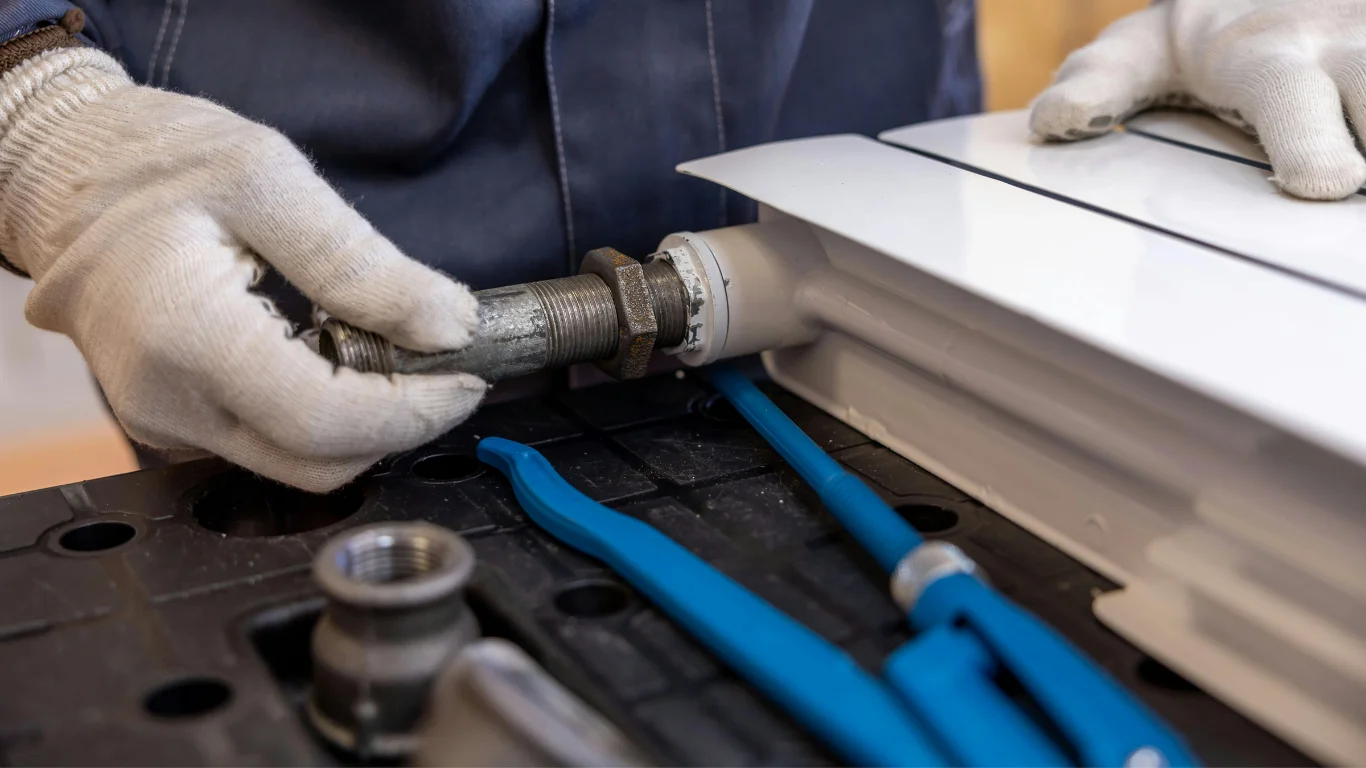Have you ever felt like your home looks fine on the surface, but you’re worried there might be problems you can’t see? Many homeowners feel this way, especially in places with changing weather like University City, MO. While everything might appear in good shape, hidden damage can build up over time and lead to expensive repairs. That’s why it’s important to stay on top of small things before they turn into big issues.
In this blog, we will share simple and practical ways to protect your home from hidden damage so you can feel more secure and confident in your space.
Check for Leaks Around the House
Leaks are one of the most common sources of hidden home damage. Even a slow drip from a pipe or faucet can cause mold, stains, and structural issues over time. To stay ahead, check under your sinks, behind appliances, and near toilets every few weeks. If you notice any damp spots, discoloration, or musty smells, those are signs that water might be getting into places it shouldn’t. Taking care of small leaks early helps you avoid bigger, more costly problems later on.
Don’t forget to inspect ceilings and walls for water marks, especially after heavy rain. Gutters and downspouts should also be cleared regularly to keep water flowing away from your house. When they get clogged, water can back up and seep into your roof or foundation. Keeping everything dry is a simple way to protect your home from major damage, hiding behind walls or under floors.
Watch Out for Hard Water Buildup
Hard water doesn’t just leave spots on your dishes—it can also harm your plumbing system over time. Mineral buildup inside pipes can slow water flow, damage appliances, and reduce the lifespan of your water heater. In areas like University City, homeowners often experience these issues without realizing the cause. Using water softener systems in University City, MO, is a great way to reduce minerals and keep your plumbing in good shape.
Look for signs of hard water like white spots on faucets, soap that won’t lather, or clothes that feel stiff after washing. These are all signs that your water might have too much calcium or magnesium. A water softener system is an easy solution that can prevent hidden damage and save you from costly repairs in the future. It also makes everyday chores a little easier.
Inspect the Roof Every Season
Your roof protects everything underneath it, but damage often goes unnoticed until it’s too late. That’s why checking your roof at least once every season is important. Look for missing shingles, bent flashing, or debris buildup. These small problems can lead to bigger issues like leaks, mold, and weakened support beams. You don’t need to get up there yourself—binoculars or a drone can help you spot trouble from the ground.
After big storms, always take a closer look. Wind and heavy rain can damage shingles or pull them loose. If your roof is older than 15 years, consider getting a professional inspection. A few repairs now can keep your home dry and safe for years. Roof problems that aren’t fixed quickly can cause damage that spreads through your attic, walls, and ceilings.
Clean Out Dryer Vents and Exhaust Fans
Dust and lint buildup might seem harmless, but they can cause serious trouble if ignored. Your dryer vent collects lint every time you use the machine, and if it’s not cleaned out, it becomes a fire hazard. Exhaust fans in bathrooms and kitchens also gather dust and grease. When they’re clogged, they stop working well and allow moisture and odors to build up, which leads to mold or mildew.
Set a reminder to clean your dryer vent every three to six months. You can use a vent brush or hire a service for a deep clean. Wipe down and check exhaust fans monthly to make sure they’re pulling air properly. Keeping these systems clean helps your appliances last longer and protects your home from moisture damage, overheating, and even fire risks.
Seal Cracks in Your Foundation and Walls
Cracks in your foundation or walls may not seem like a big deal at first, but they can let in water, insects, and even cold air. Over time, this weakens your home’s structure and raises energy bills. Inspect the outside of your house, especially around windows, doors, and the base of the building. Look for small cracks or gaps and seal them with caulk or concrete filler.
Inside your home, check the basement and lower walls for signs of water or uneven floors. These may signal foundation problems. Addressing these issues early is key. Waiting too long can lead to major repairs that are both stressful and expensive. Regular inspections and sealing help keep your home strong and dry year-round.
Control Indoor Humidity Levels
Moisture inside the home can lead to all sorts of hidden damage. When humidity stays too high, it creates the perfect environment for mold, mildew, and dust mites. These issues often hide in walls, under flooring, or in corners of rooms. To keep things balanced, use a dehumidifier in damp spaces like the basement or laundry room, and make sure your home is well-ventilated.
Keep an eye out for foggy windows, musty smells, or peeling paint. These are all signs of excess moisture. Running bathroom fans during showers and using kitchen vents while cooking helps remove steam and moisture. Keeping humidity in check not only protects your home but also improves air quality for your family.
In conclusion, protecting your home doesn’t have to be complicated or expensive. By taking time to inspect, clean, and upgrade small things around your house, you can prevent many hidden problems before they start. Simple habits can go a long way in keeping your home safe, strong, and comfortable. Think of it as caring for something that matters—your home reflects your efforts and your peace of mind. Taking action now can help you enjoy your space more and worry less about what’s hiding behind the walls or under the surface.







